Are you looking for a contractor?
Submit our quick form and get quotes now!
Table of Contents
5 min read
What Are the Insulation Standards in Quebec?


5 min read
What Are the Insulation Standards in Quebec?
InsulationWhat Are the Insulation Standards in Quebec?
It’s common knowledge that insulating a house will have a significant impact on the overall comfort of the ambient temperature as well as the building’s energy efficiency. While our energy expenses may set us on the right path to knowing whether our home is properly insulated or not, there’s a way more accurate way to find out, and that’s by relying on insulation standards and calculating the energy efficiency of different materials.
Quebec’s Insulation Standards: A Regulation to Better Oversee Work Carried Out
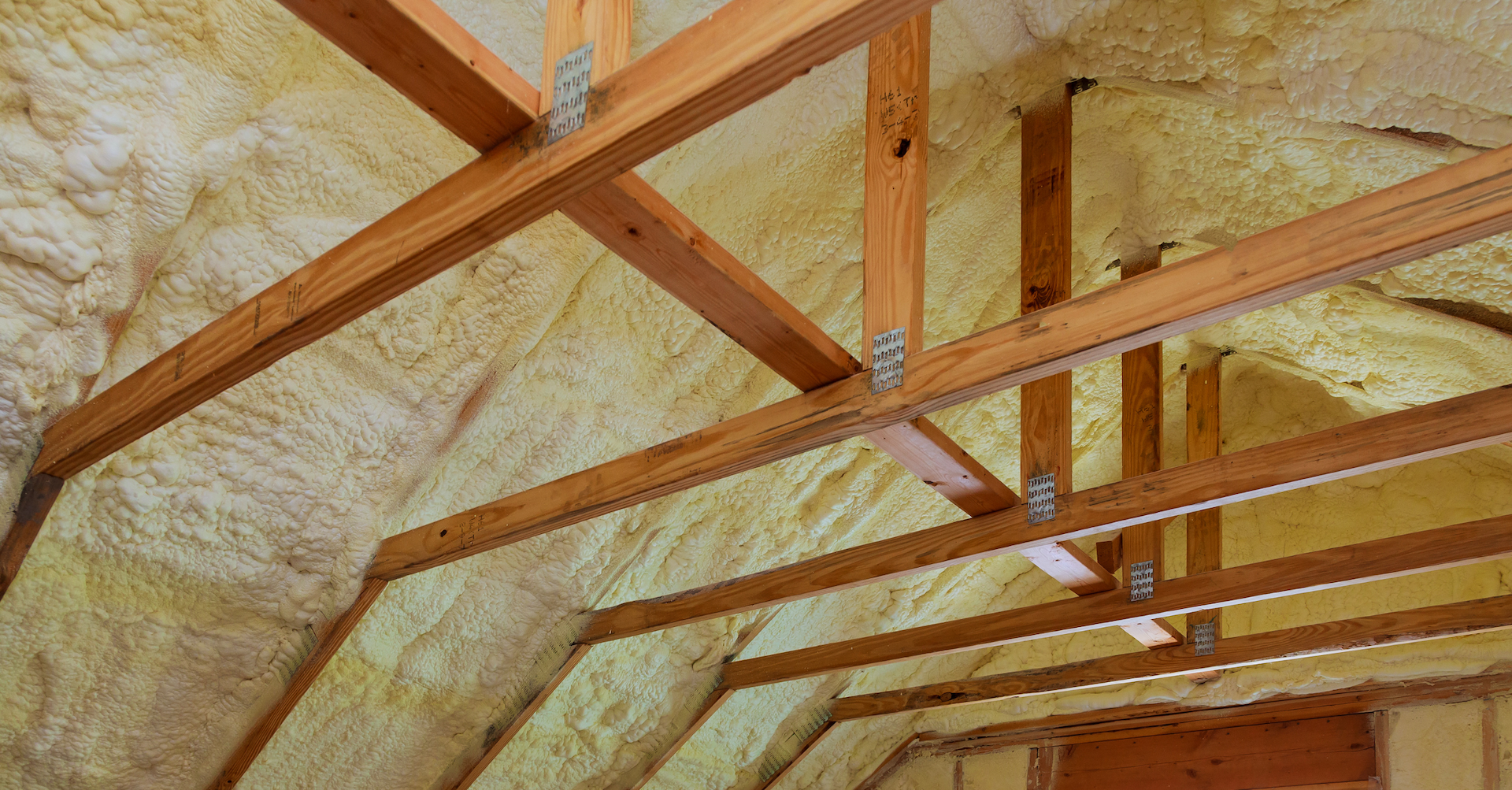
Source: Canva
Since 2012, the Quebec Construction Code has imposed new standards for matters related to energy efficiency and ventilation. Homes that meet these requirements make it possible for homeowners to significantly save while enjoying better air quality and improved comfort.
Insulation requirements have been made more stringent, especially for buildings located in colder climate zones. The overall recommended thermal resistance takes into account the combined thermal resistance of all material layers or poorly ventilated air or lack of ventilated air in a building’s wall.
Note that these are minimal requirements, definitely not optimal. As part of the Novoclimat program, the requirements will be stricter for all above-grade building parts.
Exterior Wall Insulation Standards
The recommended value for above-grade exterior walls is R-24.5.
Novoclimat’s recommended value for above-grade exterior walls is R-29.
The simplest way to improve the energy efficiency of exterior walls is by installing insulation panels on the warm side of the wall. Since the work is done inside, the insulation value is increased and the walls are rendered draft-proofed, without ever touching the exterior siding. Ideally, this should be done during the renovation stage, as requirements can be met without demolishing the space and maintaining most of the original square footage.
NOTE:
The gaps between each panel must be meticulously sealed, and adding a vapour barrier may be needed if the chosen product doesn’t also fulfil that purpose.
Attic and Roof Insulation Standards
The recommended value for a roof is R-41.0
Novoclimat’s recommended value for a roof is R-51.0
In an attic, energy savings can be made by laying loose-fill insulation over the existing insulation materials.
NOTE:
Avoid obstructing vents or soffits located near the roof’s eaves. This could result in condensation and ice dams that could lead to material deterioration as well as impede the structure’s integrity.
Foundation Insulation Standards
The recommended value for foundation walls is R-17.0
The recommended value for basement floors is R-5.0
The recommended value for basement slabs is R-7.5
To improve a basement’s energy efficiency, insulating from the inside is also simpler. Rigid panels will be installed up against the concrete walls or batt insulation will be inserted between the structure’s studs held against the foundation walls.
NOTE:
Fibreglass insulation should never come into contact with concrete! The best product to insulate rim joists and a concrete foundation (basement or crawl space walls) is often a spray-applied polyurethane foam. This type of insulation must be covered by a gypsum panel post-application.
A few exceptions or clarifications:
A foundation wall that cloisters a heated space from a non-heated space, from outdoor air, or adjacent ground must have an overall thermal resistance of R-17.0, no matter where the building is located.
A foundation wall with more than 50% surface exposure to outdoor air, as well as a part of a wood foundation wall, must have a total thermal resistance (RSIt) equal to that required for above-grade walls (R-24.5).
A wood foundation wall must be insulated just like an above-grade wall would be, no matter the surface area exposed to outdoor air.
For composite foundation walls, the percentage of surface space exposed to outdoor air has to be calculated for all parts of a wall, and the RSIt value will apply solely to that specific part.
What’s the best R-value to properly insulate a home?
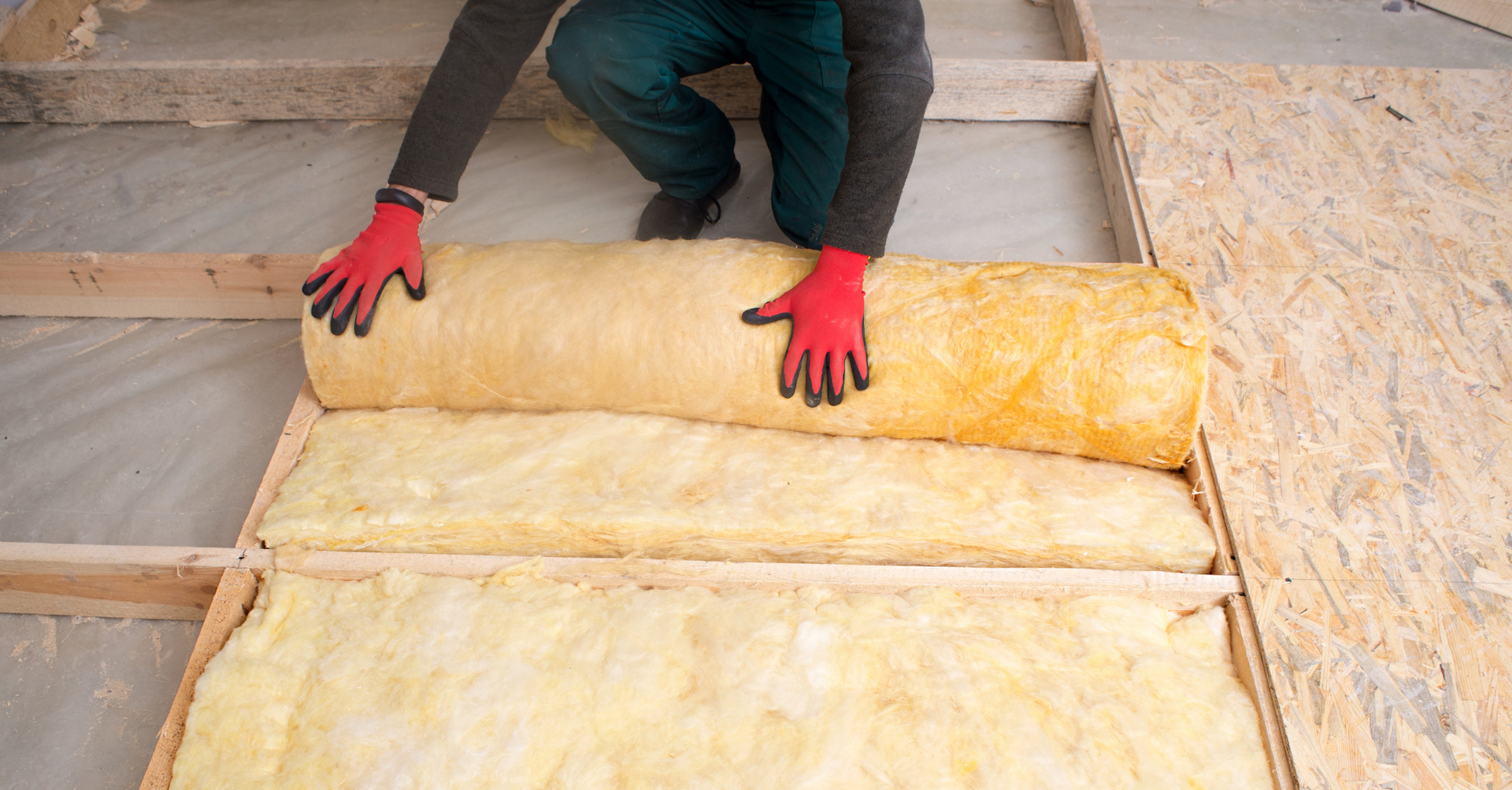
Source: Canva
An R-value—or its metric equivalent: RSI value—is a material’s thermal resistance coefficient. The higher the R-value, the more effectively a specific material will be able to impede heat flow, which is what defines thermal resistance.
When referring to insulation, we often tend to forget that the total R-value accounts for the whole of the materials present in the building’s composition, rather than solely the ones considered in the “insulation” material category. Most building materials like wood, concrete, exterior siding and cladding, plaster, etc., have a significant impact on thermal performance, no matter how small it might be.
When considering a house as a whole, it’s currently recommended to opt for an 80 Energuide rating with air barrier certification. Using the current building methods (concrete walls poured into an insulated form, spray polyurethane foam, etc.) makes reaching an 84 Energuide rating possible, 90 even, while also ensuring a permanent air barrier.
What’s the R-value of insulation materials?
When it comes to insulation, the chosen material is key. While almost all insulation materials can be put to the test in new constructions—as long as it was planned ahead of time—with residential renovations, the four most commonly used insulation types are loose-fill, batt, rigid panels, and spray foam.
Here’s a list of thermal resistance coefficients for various insulation materials:
Insulation materials | Thermal resistance value |
Fibreglass or mineral wool | R-3.5 |
Rockwool | R-4.0 |
Extruded polystyrene (type 2-3-4) | R-5.0 |
Expanded polystyrene (type 2) | ≈ R-4 |
Polyurethane (type 1) | ≈ R-5.2 per inch |
Polyurethane (type 2) | ≈ R-6 per inch |
Polyisocyanurate (PIR) | ≈ R-6 per inch |
Cellulose insulation | ≈ R-3.5 per inch |
Blow-in fibreglass | ≈ R-3 per inch |
Straw | ≈ R-35 per bale |
Cotton | ≈ R-3.8 |
Wood fibre | ≈ R-3.3 |
Spray polyurethane foam | ≈ R-6 |
Half-inch HD fibreboard | ≈ R-1.5 |
7/16 inch OSB panel | ≈ R-0.7 |
Gypsum | ≈ R-0.44 |
Ensuring the Thermal Efficiency of a Building
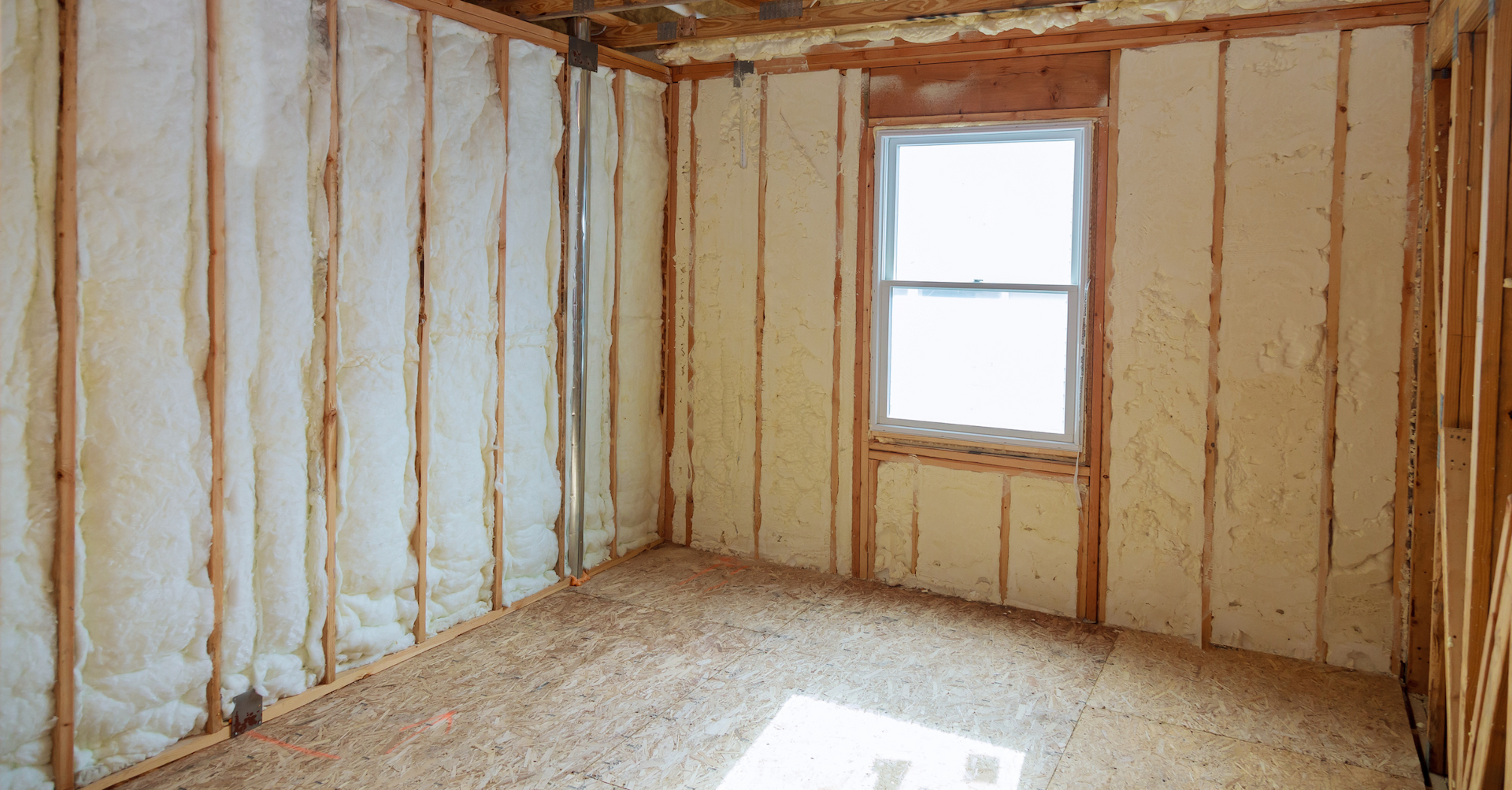
Source: Canva
In Quebec, the thermal resistance standards to meet, when it comes to a new building or extending an existing structure, obviously differ. In most municipalities, these values add up to R-41 for roofs, R-24.5 for above-grade walls, and R-17 for foundation walls.
Although we previously stated the recommended energy efficiency, a regular house will typically have an R-value ranging between 30 and 50. (For new homes, this number will increase to R-60.)
During a renovation process, reaching such targets is often very challenging—maybe even impossible. However, homeowners should still aim for these figures, especially if their heating expenses are rather high.
Quebec’s Insulation Standards: Ensuring Sustainable and Comfortable Buildings
Quebec’s insulation standards, as stipulated by the Construction Code, play a vital role in building sustainable, comfortable, energy-efficient structures. These ensure buildings that:
Resist Quebec’s harsh weather conditions
Minimize energy loss
And provide pleasant indoor environments
These standards result from careful consideration with the goal of improving the quality of life for citizens while also contributing to limiting the carbon footprint. As such, by adhering to current standards, we’re not only fulfilling legal construction requirements but we’re also making a tangible step toward a future built on preserving the environment.
Get 3 quotes for your insulation project
RenoQuotes.com can help you get quotes for your insulation project. By submitting your project, we’ll put you in contact with top-rated contractors. Fill in the form on the homepage (it only takes a few minutes) and get estimates from trusted professionals.
Dial 1-844 828-1588 to speak with one of our customer service representatives.
Last modified 2024-02-19
Looking for something else?
Related articles
The latest industry news, interviews, technologies, and resources.
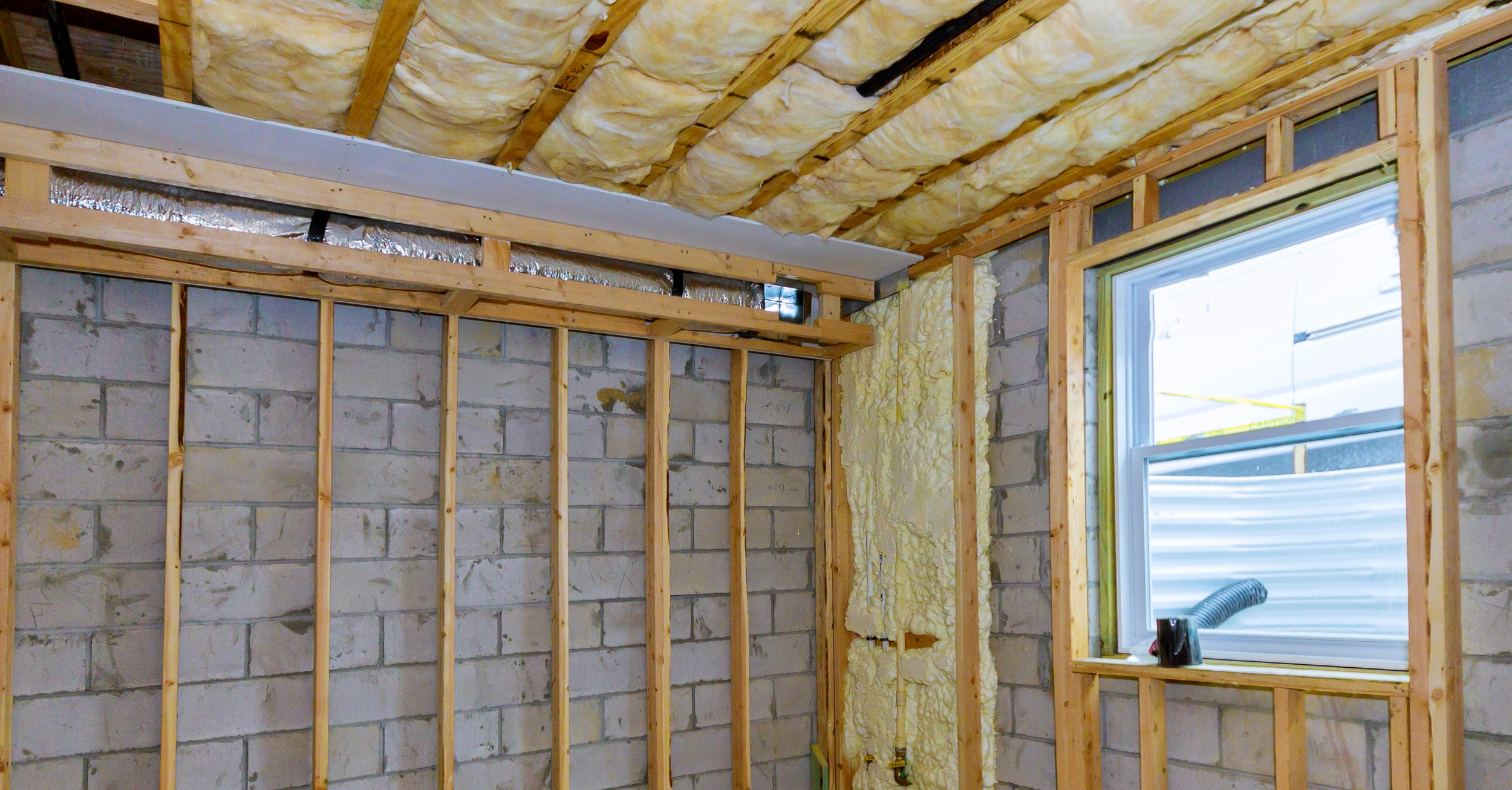
RenoQuotes.com • 07 Nov 2023
A garage ceiling can be insulated using several types of insulation materials. If you’re having a hard time wrapping your head around which ones, rest assured, you’ve come to the right place. In this article, we compared 14 different materials based on their thermal characteristics.
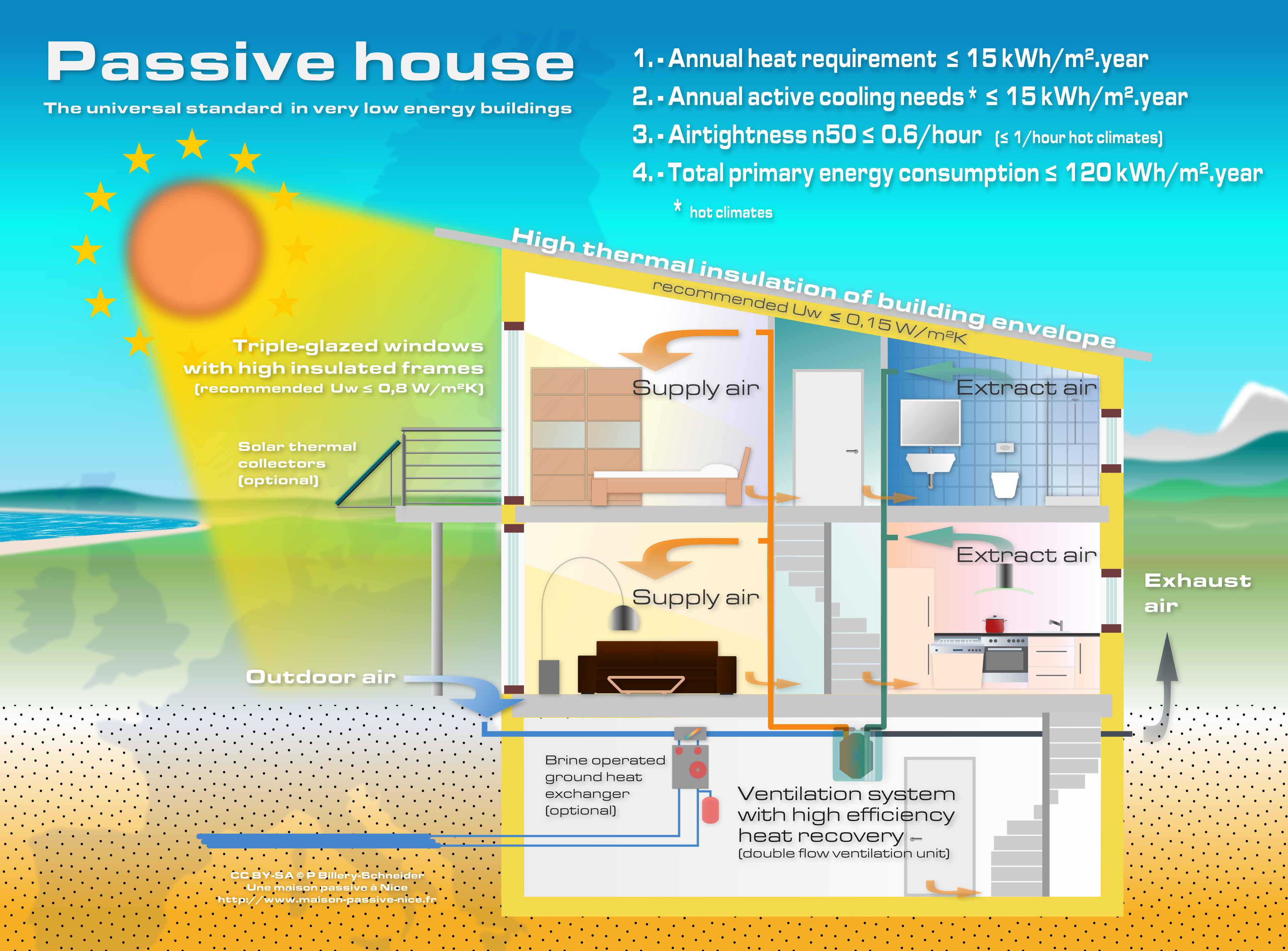
Amanda Harvey • 07 Nov 2023
The passive house is a concept invented by the German physicist Wolfgang Feist, originally popular abroad but growing in popularity within Canada. These projects are recognized as low-energy housing, and therefore green-friendly, as the construction of these houses relates back to the way they are built and the materials they use.

RenoQuotes.com • 20 Dec 2023
The growing use of artificial intelligence (AI) in various industry-specific fields has led to its evolving presence in the construction industry. AI offers exciting and promising prospects on construction worksites to improve efficiency, safety, and productivity. However, embracing this new technology in the industry also presents some unique challenges and requires progress to be made in terms of how construction projects are planned, designed, and executed. This article unfolds the challenges and prospects of using AI in construction.
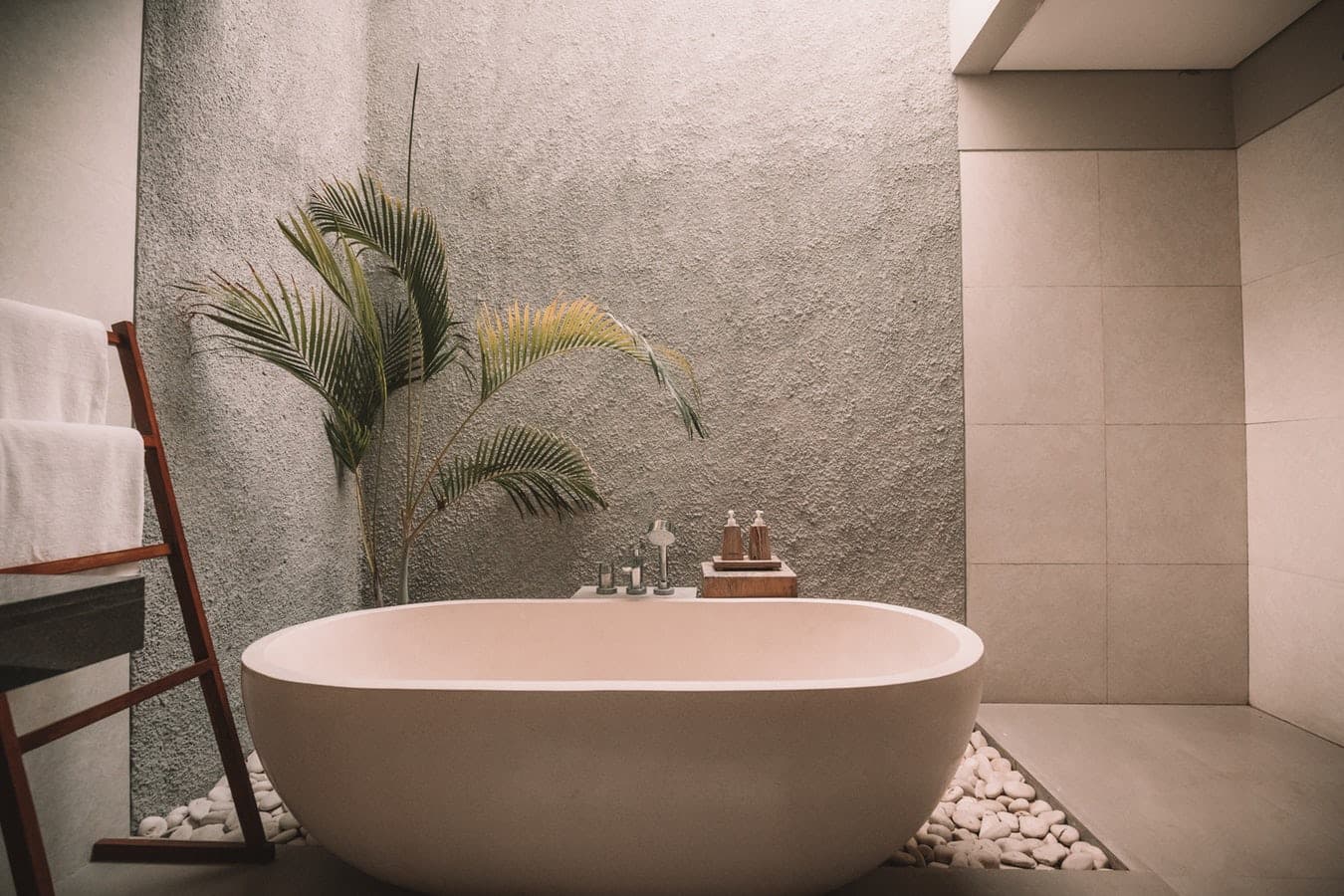
Léa Plourde-Archer • 07 Nov 2023
Most people dream of having a room, or even a corner of their home dedicated to relaxation and well-being. Everyone has their own idea of what relaxation means, as well as what makes them feel zen. No need to live in a mansion to have your place to get away from it all! RenoQuotes.com has a few tips on how to set up a renovation corner at home.
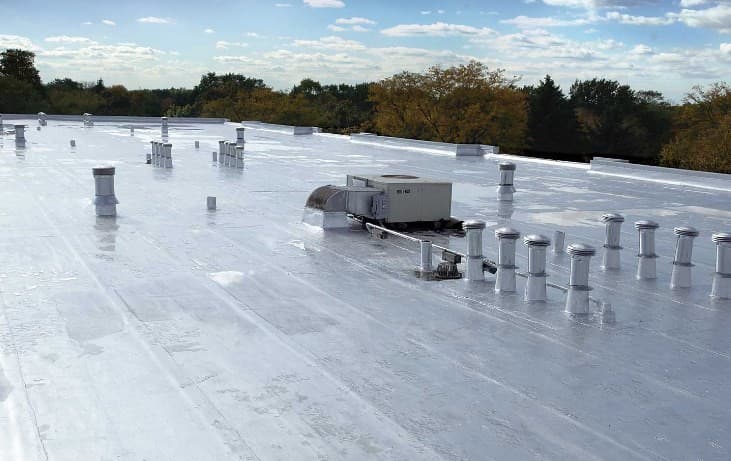
Cynthia Pigeon • 07 Nov 2023
Typically, the roof is the largest surface of a building. And, because of that, contractors are awarding more importance to this structural element during construction projects. That said, the inverted roof is one of the most durable and dependable options available.